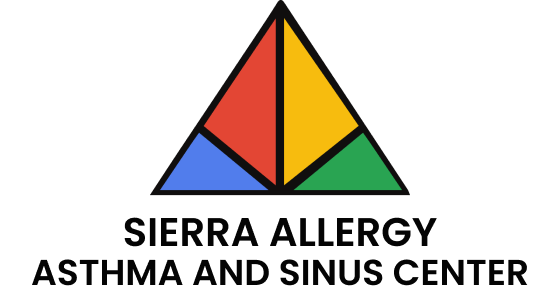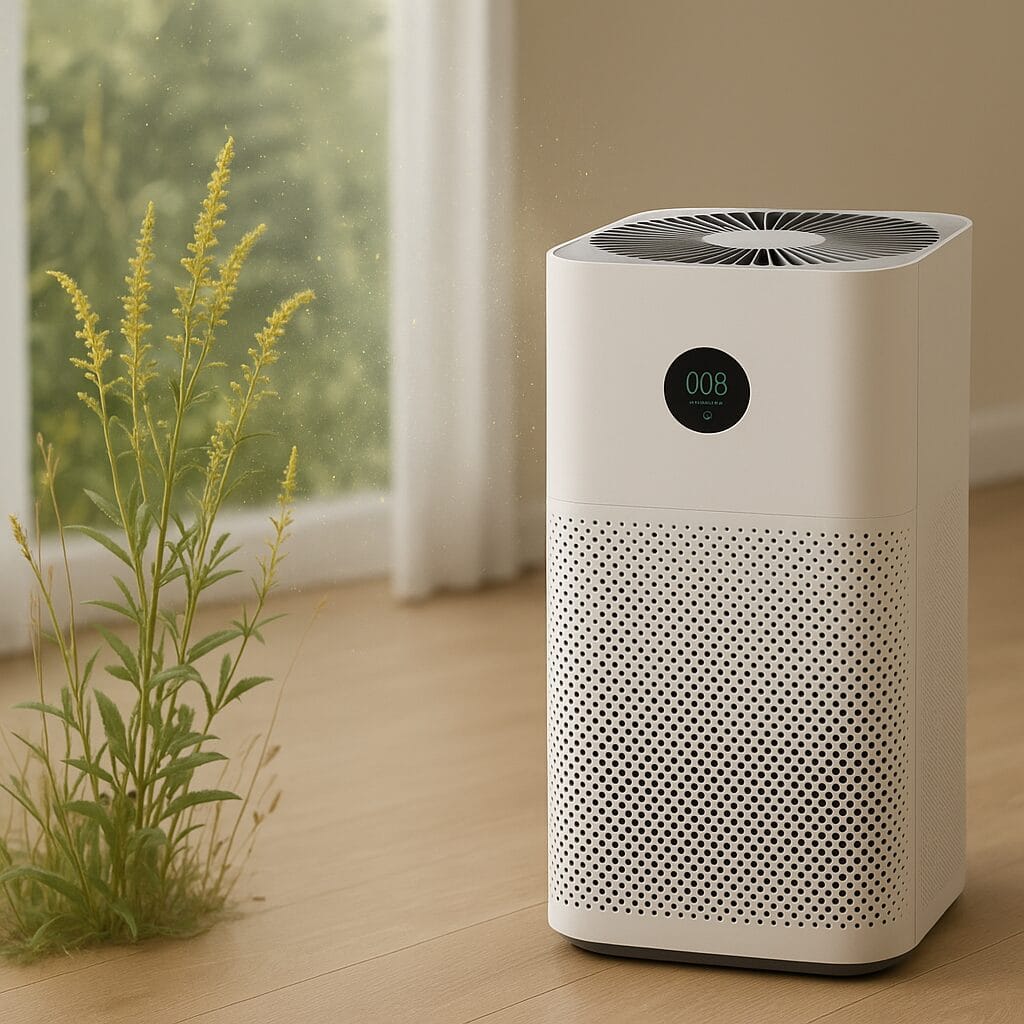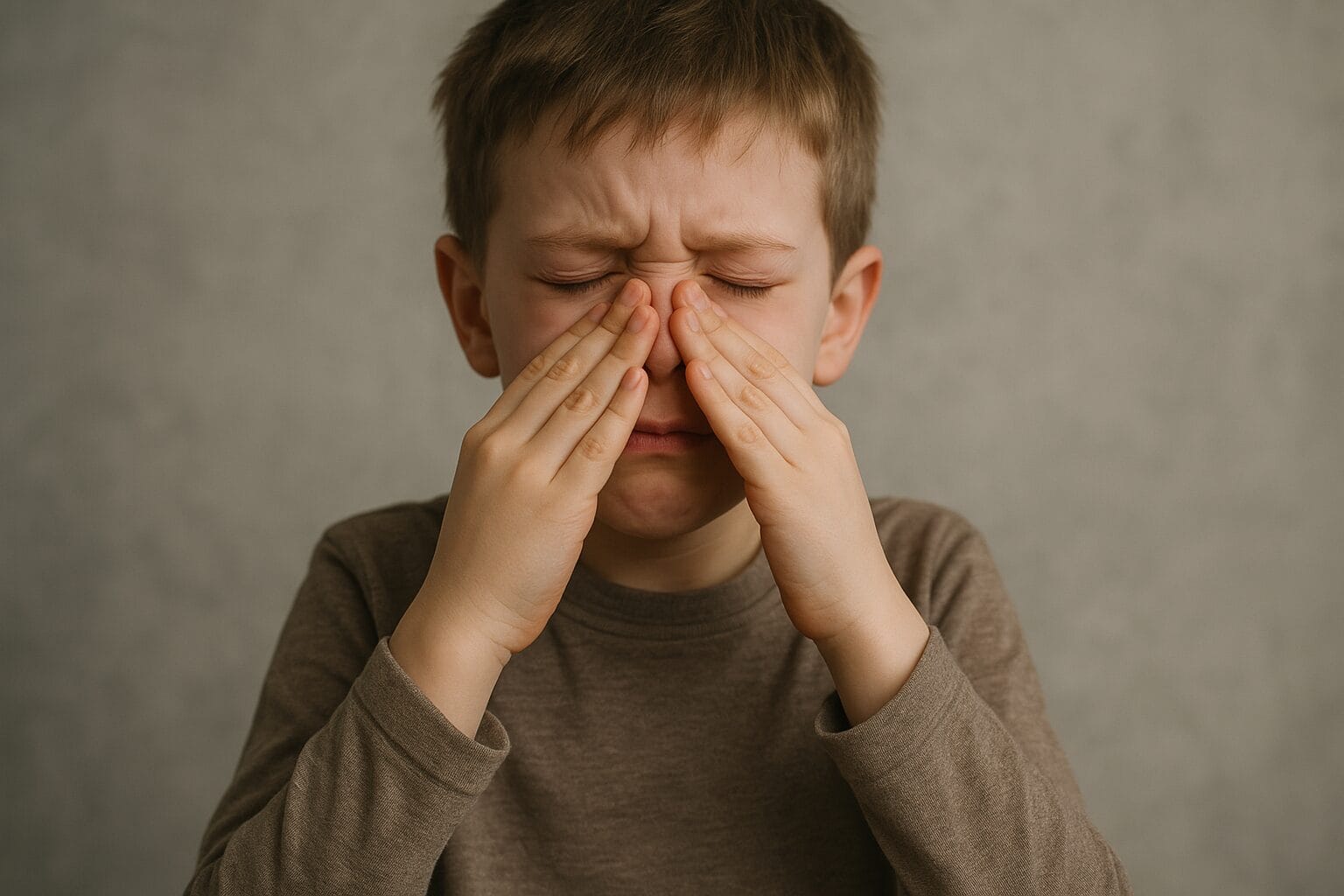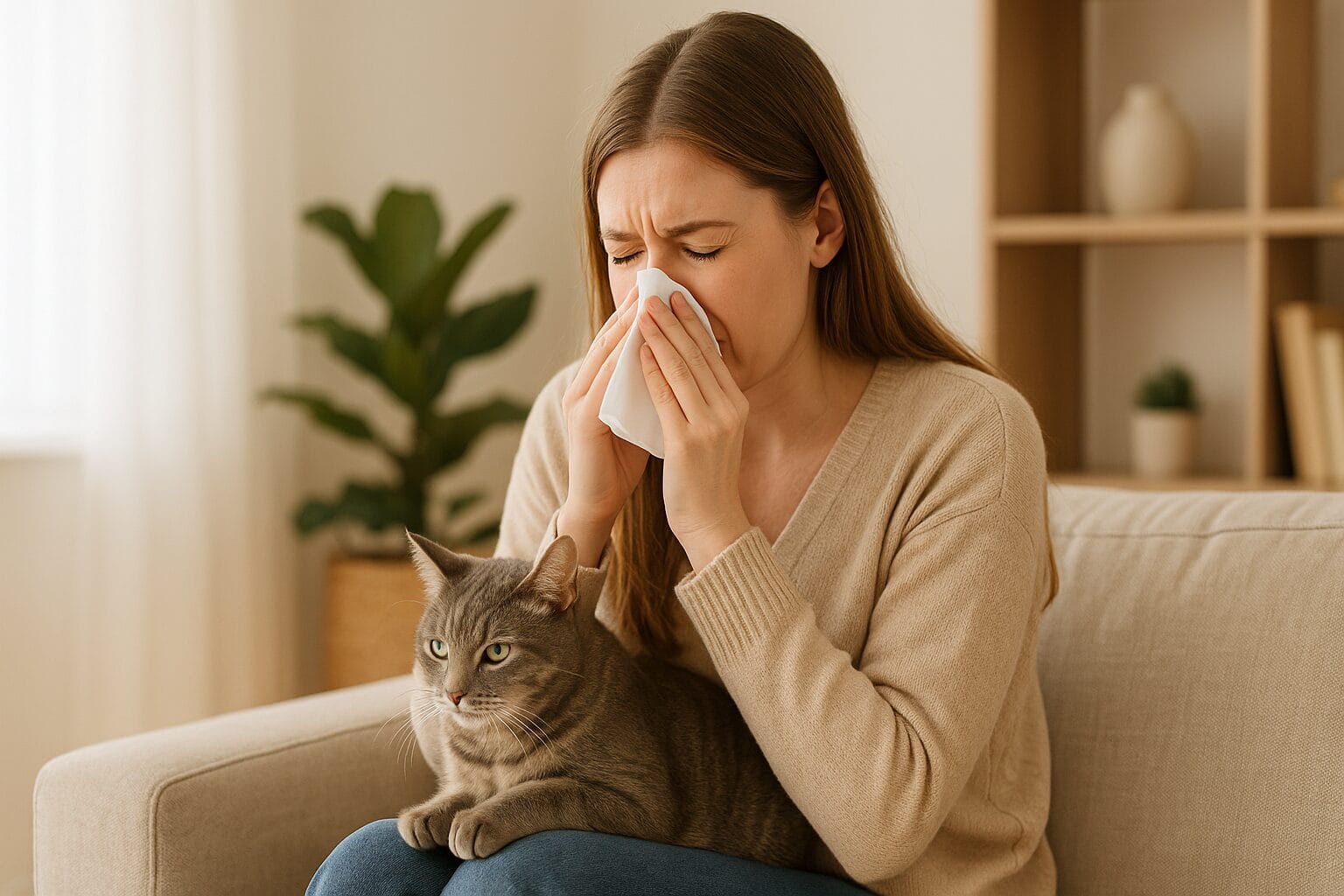If you’re living in California’s Central Valley, you already know allergy season isn’t merely a springtime inconvenience — it’s a year-round battle. Whether the culprit is tree pollen, grass pollen, or ragweed spores, airborne allergens pour into your home and turn everyday life into a sneeze fest.
In our practice we see many individuals who struggle with nasal congestion, itchy eyes or persistent coughing and wheezing during peak pollen counts. A very common question arises: Are home air purifiers worth it for pollen allergies? Let’s take an in-depth look — at how they work, how effective they can be, and how they fit into a complete allergy-control strategy.
What’s really floating in your indoor air?
Your indoor air may appear clean, but the truth is that you’re likely inhaling countless allergenic particles daily. These irritants include:
- Pollen from trees, grasses, weeds – the tiny grains that trigger allergic rhinitis.
- Dust-mite allergens: though the mites themselves are heavy and tend to stay on surfaces, their waste (feces and shed skin) becomes airborne and can provoke symptoms.
- Pet dander: microscopic bits of animal skin and fur that linger in upholstery and carpets.
- Mold spores: especially in damp corners, basements or bathrooms.
- Other airborne irritants and pollutants: fine dust, combustion particles, volatile organic compounds (VOCs), and more.
Identifying these invisible triggers is key to understanding why simply stepping outside may feel fine but coming back inside triggers your allergy symptoms.
Can air purifiers remove dust mites and pollen? what they do — and don’t
Dust-mites: While an air purifier won’t “remove” the mites themselves — because they’re attached to bedding or carpets — it can help capture the allergens they produce (their waste and shed skin) when those particles become airborne. With a good purifying device running in the bedroom or living room, you can reduce allergen load in the breathing zone.
Pollen: Yes — portable air purifiers equipped with a proper filter system can reduce airborne pollen particles. According to research, air filtration helped reduce allergy symptoms in people sensitive to pollen. But it’s not a complete remedy: particles that settle on surfaces will still be present, and exposure may also come from clothes or outdoor air entering the space.
Important caveats:
- They are not a replacement for good ventilation, cleaning, and allergen-avoidance practices.
- Some devices on the market produce ozone or have ionising technology that can actually irritate lungs and worsen symptoms — best avoided.
- Placement, size of the room, and continuous use matter a great deal.
The Gold-Standard: HEPA filters and what to look for
When choosing an air purifier for pollen, dust-mite allergens or other airborne triggers, here are the features that matter most:
- True HEPA filter: “HEPA-type” or “HEPA-like” are not enough. A true HEPA filter can trap ~99.97% of particles down to ~0.3 microns in size.
- Clean Air Delivery Rate (CADR): This rating shows how much clean air the unit delivers — you’ll want a unit sized properly for the space where you spend most time (bedroom, living room).
- No ozone generation / safe mode: Avoid ionisers or ozone-emitting units, as ozone itself can trigger respiratory symptoms.
- Activated carbon filter (optional but useful): If you’re also sensitive to chemical odours or VOCs, a carbon filter layer can help.
- Continuous operation: Running the unit continuously, especially during peak pollen periods, maximises benefit.
In short: grab a high-quality air purifier, sized for your room, and run it consistently. That gives you the best shot at reducing your indoor allergen burden.
How much improvement can you expect?
Research shows that using an air purifier can significantly reduce allergy-symptom scores — though it won’t eliminate them entirely.
- A study on ragweed-sensitive individuals during allergy season showed an average reduction in morning symptoms by ~26% and evening symptoms by ~24% when air filtration was used.
- Another study found evidence that bedroom-based air purifiers improved rhinitis quality-of-life scores and reduced dust-mite allergens and particulate matter (PM2.5) indoors.
- Expert summaries note that while air purifiers are helpful, they work best as part of a broader allergen-avoidance and indoor air-quality strategy.
What does this mean for you? It means you should expect improvement — fewer sneezes, less eye-irritation, maybe fewer waking nights — but not perfection. The more you combine air purification with other steps, the better your results.
How to maximise benefit: integration into your allergy-management plan
Running an air purifier alone won’t magically cure your pollen or dust-mite allergy. To get the most out of it, here’s a checklist you should follow:
- Bedroom first: Place the unit in the room you spend the most time breathing — especially the bedroom. Even placing one unit there alone yielded benefits in several studies.
- Keep windows closed during high pollen periods: By doing so, you reduce outdoor pollen influx and let the purifier do its job.
- Keep humidity below ~50%: Dust mites thrive in humid environments; lowering humidity helps suppress them.
- Wash bedding & soft furnishings frequently: Sheets, pillowcases, mattress covers should be cleaned at least weekly in hot water when possible.
- Use mattress- and pillow-covers designed to block dust mites: These barrier covers reduce mite exposure from the source.
- Vacuum regularly with a HEPA-filter vacuum: Disturbing carpets and upholstery releases particles into the air.
- Run the purifier continuously: Many allergens settle then get stirred up later — constant filtration keeps the airway zone cleaner.
- Check and replace filters as needed: A clogged or dirty filter will reduce efficiency and can even recirculate irritants.
- Don’t ignore outdoor exposure: Shower & change clothes after being outside on high-pollen days, and limit the time you bring pollen indoors.
Choosing the right sized purifier and placement tips
One of the key mistakes people make is buying a unit that’s too small for the space or placing it poorly.
- Calculate room size: Choose a purifier whose CADR is appropriate for the square footage of your room. If bedroom is 150 ft², pick a unit rated for at least that size (or ideally a bit higher).
- Placement matters:
- Place the unit away from walls or obstructions so air flows freely.
- Avoid placing it directly next to sources of air-disturbance (e.g., next to open windows or doors that bring outside air in).
- Ensure the unit is on the same level as your breathing zone (beds, sofa) — e.g., not tucked away high on a shelf that reduces reach to the breathing space.
- Minimise re-contamination: After vacuuming or dusting, run the purifier on high for 30–60 minutes to clear stirred-up particles. Backup filters will capture the surge.
- Consider “sleep mode”: If noise at night is a concern, some units have low-fan or night modes — just be sure it still delivers enough airflow to maintain cleanliness.
Can air purifiers help with asthma and broader indoor air triggers?
Yes — and this makes them especially relevant if you (or a family member) deal with both pollen allergies and asthma or chronic cough.
- Studies show that HEPA filtration reduced indoor particulate matter (PM) and allergens, leading to improved outcomes for patients with allergic respiratory disease.
- Some evidence suggests air purifiers may help reduce medication use for allergic rhinitis, which indirectly supports asthma-control efforts.
- However: an air purifier cannot replace essential asthma treatment (inhalers, monitoring, doctor visits). It is a supplementary tool for indoor air quality.
At Sierra Allergy, Asthma & Sinus Center, our allergists often combine air-quality improvements with personalized asthma management — ensuring your environment supports your long-term respiratory health.
Cost-versus-benefit and maintenance considerations
When you invest in an air purifier, it’s helpful to think of both the upfront cost and ongoing maintenance.
- Upfront cost: High-quality units with true HEPA filters cost more, but often outperform cheaper models that claim “HEPA-type” without certification.
- Filter replacement costs: Filters need to be changed periodically (every 6–12 months or sooner depending on usage); check manufacturer specs and factor that into your budget.
- Electricity and fan speed: Running continuously uses more power, but many newer units have efficient motors and sleep-modes to reduce consumption.
- Noise level: Especially important for bedrooms — choose a model with quiet operation if you plan to keep it running at night.
- Return on investment: If you experience fewer allergy symptoms, fewer sick days, better sleep, less reliance on medications — the investment can pay for itself via improved well-being.
Are air purifiers worth it for pollen and allergy sufferers?
For those battling pollen-related allergies (and dust-mite issues) in places like California’s Central Valley, a well-chosen air purifier with a true HEPA filter can absolutely be worth it. While it won’t eliminate all symptoms or replace the need for medical care, it plays an effective supportive role in your allergy-defence plan.
If you integrate proper placement, continuous usage, and complement it with rigorous cleaning, ventilation management and professional allergy care, you’ll create a far more comfortable indoor environment.




